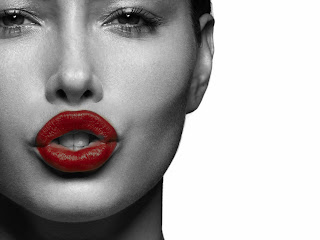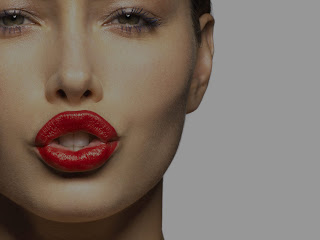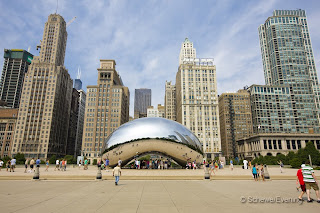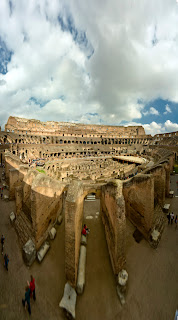Considering I will be editing my photos from the Day of the Dead photo shoot, ready to print, I attended the Photoshop workshop to refresh and improve my skills in using the various tools the software offers. This is a simple example of the
Layer Mask tool.


Other tools I used again were:
Healing Brush: The basic Healing tool is normally the best one to use, as the 'Spot Healing' tool doesn't give you a lot of control. The healing brush allows you to select an area you wish to duplicate and use smooth over other areas.
Dodge and Burn tools: The dodge tool allows you to whiten areas of a photo e.g. teeth, skin etc. The burn tool is good to use on hair to create a more natural colour, or make skin tone warmer or darker.
Curves and Levels You can edit the levels and curves of a photo to improve the image. For example, if your photograph is quite light and has no real depth to it, you can play around with the curves and create more shadows.
Stacking images-Median: If you have numerous identical photos taken on a tripod, but there is crowds in each one in different positions, you can go in to 'scripts', 'load file in to stack', then open all the photos. One they have opened, you right click and make them 'smart object'. Then once this one smart object is opened, you go to 'layer', 'smart objects', 'stack mode' and select 'median', it removes the people in different positions and uses the numerous photos to give you one photo, minus the crowds.

 Screening:
Screening: You use the same process of opening photos by 'loading in to stack', but once they are open you don't create a smart object. You click on each photo, change the selection under 'layers' from 'normal' to 'screen' and you can have each image loaded on to the one photo background. e.g. numerous photos in the same position, of different fireworks, you can add all fireworks in to the sky.
Photomerge: Go to File, Automate, Photomerge. Open your selection of similar photos (I used numerous ones of the Colosseum to experiment with) and it attempts to stitch them together and give you a more panoramic view.








 Directly above is an example of the stitched and glued book, before a cover is put on it, and above that are the phots of my completed book. You can see that it is a rounded bind, rather than the usual flat one.
Directly above is an example of the stitched and glued book, before a cover is put on it, and above that are the phots of my completed book. You can see that it is a rounded bind, rather than the usual flat one.

































